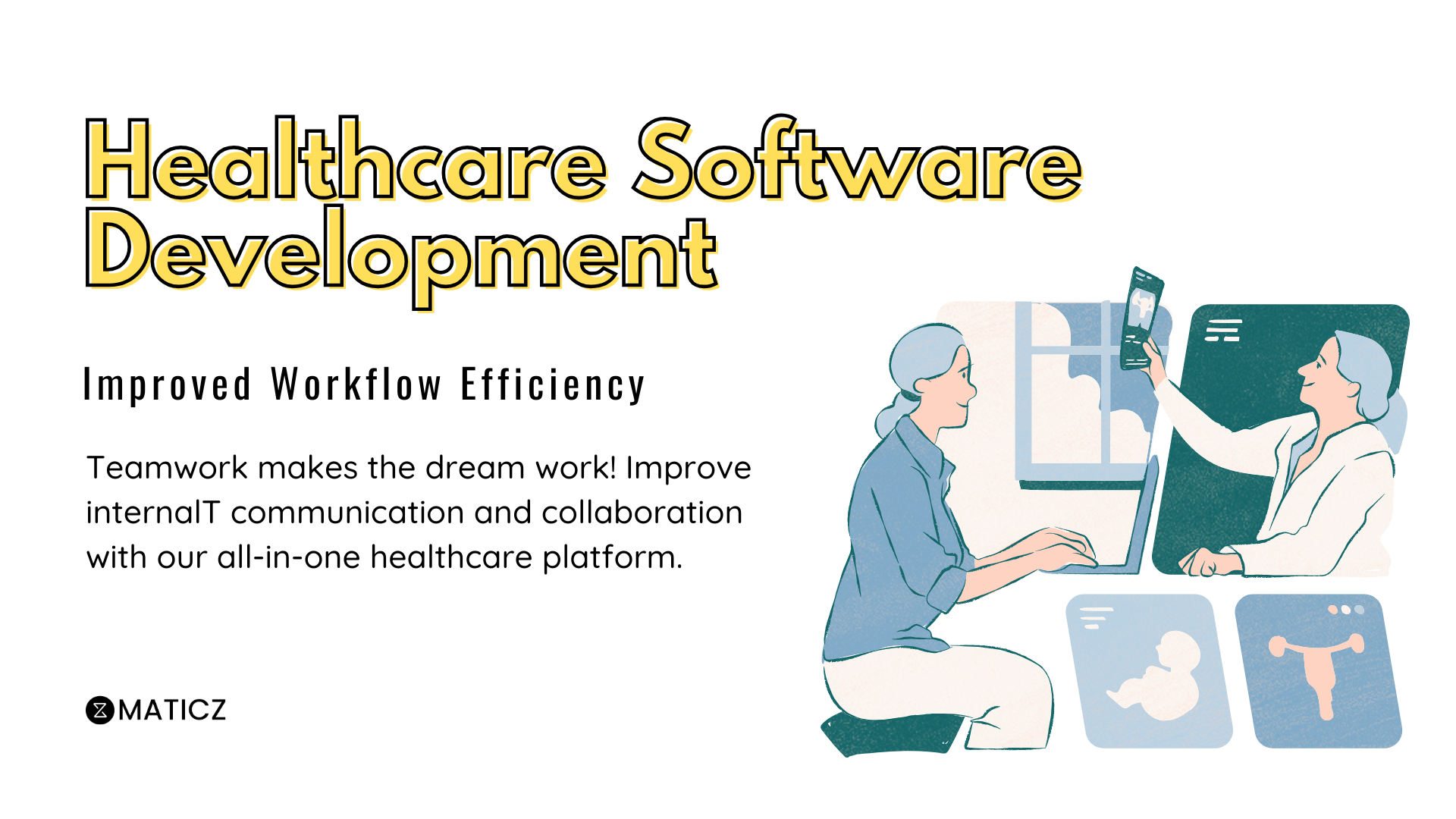How Telemedicine Software is Transforming Healthcare Access?

In today’s world, technological advancements are breaking barriers in healthcare, making quality medical services more accessible than ever. Telemedicine software has become a game-changer, reshaping how people receive healthcare. It’s revolutionizing patient care, overcoming geographical constraints, and ensuring efficient service delivery. But how exactly is telemedicine software transforming healthcare access?
Bridging the Gap Between Patients and Providers
Telemedicine software enables healthcare providers to connect with patients remotely, reducing the need for in-person visits. This is especially vital for individuals in rural or underserved areas where healthcare facilities are scarce. With just a smartphone or computer, patients can consult with doctors, receive diagnoses, and even get prescriptions—all from the comfort of their homes. The elimination of long travel distances and waiting times is helping countless individuals receive timely medical care, sometimes even in critical situations.
Reducing Healthcare Disparities
Telemedicine has emerged as a crucial tool in minimizing healthcare disparities. By extending medical care to remote and marginalized populations, it ensures that medical advice and follow-ups are available to those who previously had limited access. It benefits communities with a shortage of healthcare providers, making specialized services like dermatology, cardiology, or mental health care accessible.
Furthermore, telemedicine is inclusive, offering options for patients with mobility challenges or chronic conditions that make travel difficult. This reduces stress for patients and allows for more consistent monitoring and management of long-term illnesses.
Convenience and Flexibility
One of the most appealing aspects of telemedicine software is the convenience it offers. Patients can schedule appointments more flexibly, often outside of traditional office hours. For those balancing work, family, or personal commitments, this ease of scheduling means prioritizing health without sacrificing other responsibilities.
For healthcare professionals, telemedicine software provides a way to manage appointments efficiently and serve more patients in a day. The flexibility benefits both parties, contributing to a more agile healthcare ecosystem.
Empowering Patients with Immediate Access
In urgent, non-life-threatening situations, telemedicine software enables patients to get quick advice. For example, someone experiencing mild but concerning symptoms can connect with a healthcare provider and receive guidance. In many cases, this early intervention can prevent the situation from worsening, ensuring timely care.
Additionally, telemedicine software often integrates with wearable health devices and monitoring apps, keeping patients engaged and informed about their health metrics. Continuous tracking of vitals, such as blood pressure or glucose levels, empowers patients to take an active role in their health management.
Enhancing Continuity of Care
Telemedicine facilitates ongoing care by simplifying follow-up appointments and routine monitoring. Patients who have undergone surgery or need regular check-ups can easily connect with their healthcare providers. This continuity is essential for managing chronic conditions, such as diabetes or heart disease, where consistent monitoring and communication with medical professionals are crucial.
Moreover, telemedicine improves collaboration among healthcare professionals. Providers can exchange medical information quickly and accurately, discuss cases in real time, and make informed decisions about a patient’s treatment plan, ensuring comprehensive care.
Reducing Healthcare System Strain
By diverting non-emergency cases away from hospitals and clinics, telemedicine alleviates the burden on healthcare systems. Hospitals can reserve resources for critical cases, while minor health concerns are addressed virtually. This not only improves efficiency but also ensures that emergency rooms aren’t overrun with cases that can be managed through telemedicine.
Breaking Down Financial Barriers
Cost is a significant factor that influences healthcare accessibility. Telemedicine services often have lower associated costs compared to in-person visits, as there is no need for patients to spend on transportation, and overhead expenses for providers are reduced. This affordability makes healthcare more attainable for people from different economic backgrounds.
Insurance companies are increasingly recognizing the value of telemedicine and covering these services, making them even more viable for patients.
Conclusion: The Way Forward
Telemedicine software is undoubtedly a pivotal advancement in making healthcare more accessible, equitable, and efficient. As more healthcare providers and patients embrace this technology, the potential for widespread impact grows. From improving convenience and reducing healthcare disparities to ensuring better continuity of care, the benefits are profound.
However, to fully realize the advantages of telemedicine, robust and secure software is essential. This is where partnering with a reliable healthcare software development company becomes crucial. These companies specialize in developing compliant, user-friendly, and innovative telemedicine solutions tailored to the needs of healthcare providers and their patients.
- Art
- Causes
- Crafts
- Dance
- Drinks
- Film
- Fitness
- Food
- Jocuri
- Gardening
- Health
- Home
- Literature
- Music
- Networking
- Alte
- Party
- Religion
- Shopping
- Sports
- Theater
- Wellness


